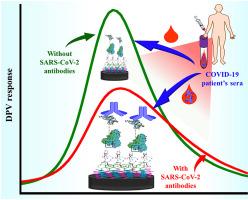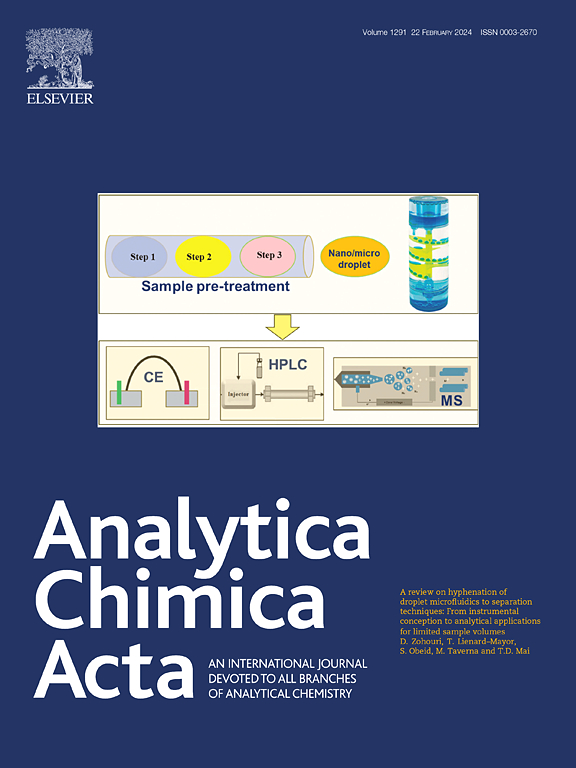Synergistically functionalized molybdenum disulfide-reduced graphene oxide nanohybrid based ultrasensitive electrochemical immunosensor for real sample analysis of COVID-19
Abstract
Herein, we have proposed a straightforward and label-free electrochemical immunosensing strategy supported on a glassy carbon electrode (GCE) modified with a biocompatible and conducting biopolymer functionalized molybdenum disulfide-reduced graphene oxide (CS–MoS2/rGO) nanohybrid to investigate the SARS-CoV-2 virus. CS-MoS2/rGO nanohybrid-based immunosensor employs recombinant SARS-CoV-2 Spike RBD protein (rSP) that specifically identifies antibodies against the SARS-CoV-2 virus via differential pulse voltammetry (DPV). The antigen-antibody interaction diminishes the current responses of the immunosensor. The obtained results indicate that the fabricated immunosensor is extraordinarily capable of highly sensitive and specific detection of the corresponding SARS-CoV-2 antibodies with a LOD of 2.38 zg mL−1 in phosphate buffer saline (PBS) samples over a broad linear range between 10 zg mL−1-100 ng mL−1. In addition, the proposed immunosensor can detect attomolar concentrations in spiked human serum samples. The performance of this immunosensor is assessed using actual serum samples from COVID-19-infected patients. The proposed immunosensor can accurately and substantially differentiate between (+) positive and (−) negative samples. As a result, the nanohybrid can provide insight into the conception of Point-of-Care Testing (POCT) platforms for cutting-edge infectious disease diagnostic methods.


 求助内容:
求助内容: 应助结果提醒方式:
应助结果提醒方式:


